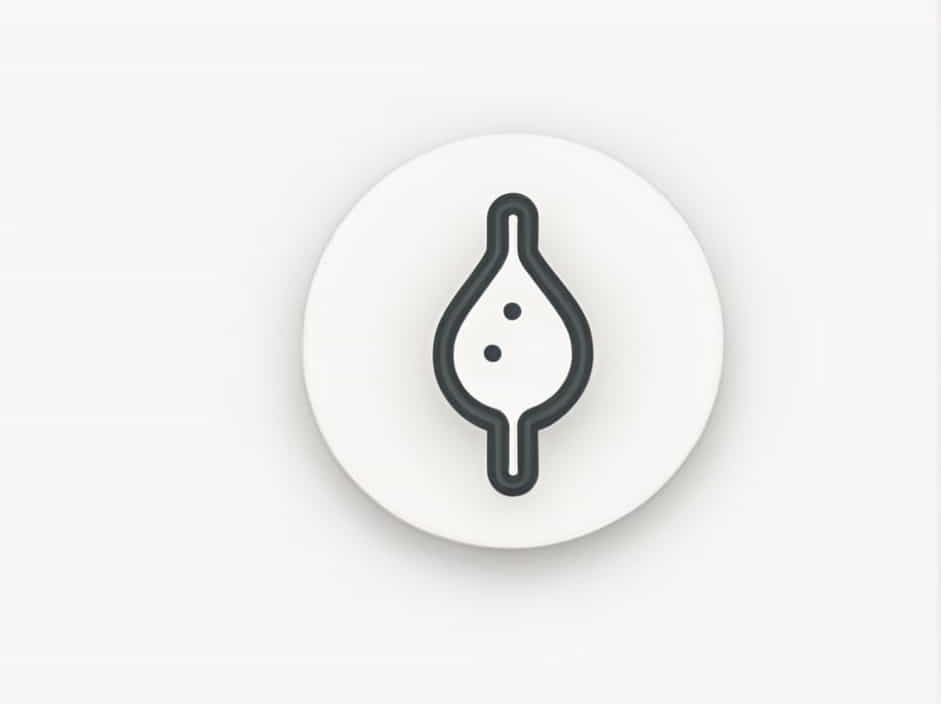In chemical kinetics, the term molecularity refers to the number of reactant molecules involved in an elementary reaction. There is often confusion about whether molecularity is an experimental quantity or a theoretical concept. In reality, molecularity is not determined through experiments but is instead derived from reaction mechanisms.
This topic will explore the meaning of molecularity, how it differs from reaction order, and why it is not an experimental quantity.
What is Molecularity?
Molecularity is the number of reactant molecules that participate in an elementary reaction-a reaction that occurs in a single step without any intermediate stages.
Key Features of Molecularity
- It applies only to elementary reactions, not overall reactions.
- It is always a whole number (1, 2, or 3).
- It does not depend on experimental conditions like concentration.
Since molecularity describes how molecules interact at the fundamental level, it is considered a theoretical concept rather than an experimental quantity.
Types of Molecularity in Reactions
Molecularity is classified based on the number of reactant molecules that collide in an elementary reaction.
1. Unimolecular Reactions (Molecularity = 1)
A unimolecular reaction involves a single reactant molecule that decomposes or undergoes rearrangement.
Example:
One example is the decomposition of nitrogen dioxide (NO₂):
Since only one molecule is involved, the molecularity is 1.
2. Bimolecular Reactions (Molecularity = 2)
A bimolecular reaction occurs when two reactant molecules collide and react.
Example:
A classic example is the reaction between hydrogen and iodine:
Since two molecules interact, the molecularity is 2.
3. Termolecular Reactions (Molecularity = 3)
A termolecular reaction involves the simultaneous collision of three molecules.
Example:
An example is:
Since three molecules must collide, the molecularity is 3. However, termolecular reactions are rare because the probability of three molecules colliding at the same time is very low.
Is Molecularity an Experimental Quantity?
Despite its importance in reaction mechanisms, molecularity is not an experimental quantity. Instead, it is a theoretical value assigned to elementary reactions based on their mechanism.
Reasons Why Molecularity is Not Experimentally Determined
- Only Applies to Elementary Reactions
- Molecularity is only defined for single-step reactions.
- Most real-world reactions are complex (multi-step), making molecularity inapplicable.
- Cannot Be Measured in a Laboratory
- Molecularity describes how molecules interact at the atomic level.
- Scientists cannot directly observe molecularity through experiments.
- Always a Whole Number
- Molecularity is never fractional or zero because it counts physical molecules.
- In contrast, reaction order (an experimental quantity) can have fractional or negative values.
- Does Not Change with Concentration
- Molecularity remains constant for a given elementary reaction.
- Reaction order, on the other hand, depends on experimental conditions.
Because of these properties, molecularity remains a theoretical quantity, helping scientists develop reaction mechanisms rather than analyze real-world data.
Difference Between Molecularity and Reaction Order
Many people confuse molecularity with reaction order, but they are fundamentally different concepts.
| Feature | Molecularity | Reaction Order |
|---|---|---|
| Definition | The number of reactant molecules in an elementary step. | The sum of exponents in the rate law equation. |
| Determined By | Theoretical (reaction mechanism). | Experimental data (rate law). |
| Applies To | Only elementary reactions. | Both elementary and complex reactions. |
| Possible Values | Whole numbers (1, 2, or 3). | Can be any real number, including fractions and zero. |
For example, consider the reaction:
If the experimentally determined rate law is:
Then, the reaction order is 2, but the molecularity is 2 only if it’s an elementary reaction.
If the reaction occurs in multiple steps, molecularity cannot be assigned, and only the reaction order is relevant.
Why Molecularity is Useful in Chemical Kinetics
Even though molecularity is not an experimental quantity, it remains an important concept in chemistry.
1. Helps in Understanding Reaction Mechanisms
- Molecularity helps scientists develop step-by-step explanations of how reactions occur.
- It is essential for predicting reaction pathways in organic and inorganic chemistry.
2. Determines the Likelihood of Reaction Occurrence
- Unimolecular reactions occur easily because they do not require collisions.
- Bimolecular reactions are common because two molecules can collide naturally.
- Termolecular reactions are rare due to the low probability of simultaneous collisions.
3. Helps in Predicting Reaction Rates
- Molecularity helps identify the rate-determining step of a reaction.
- This knowledge is useful in designing efficient chemical processes and catalysts.
Real-World Examples of Molecularity in Reactions
1. Decomposition of Hydrogen Peroxide (Unimolecular)
- Molecularity = 1 (One reactant molecule).
2. Formation of Hydrogen Iodide (Bimolecular)
- Molecularity = 2 (Two reactant molecules).
3. Oxidation of Nitric Oxide (Termolecular)
- Molecularity = 3 (Three reactant molecules).
These examples show that unimolecular and bimolecular reactions are common, but termolecular reactions are rare.
Molecularity is an important concept in chemical kinetics, but it is not an experimental quantity. Instead, it is a theoretical value used to describe how molecules interact in elementary reactions.
Unlike reaction order, which is determined from experimental data, molecularity is assigned based on the reaction mechanism. It remains constant, always a whole number, and does not change with concentration or conditions.
By understanding the difference between molecularity and reaction order, scientists can better analyze chemical reactions and optimize industrial processes for efficiency and safety.
